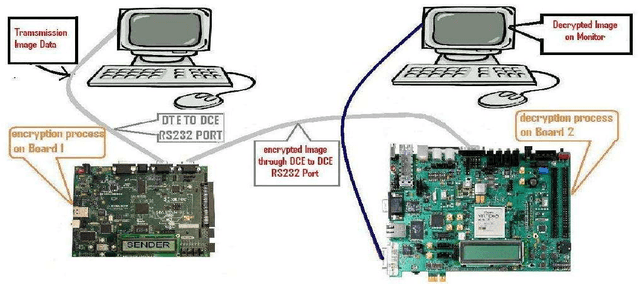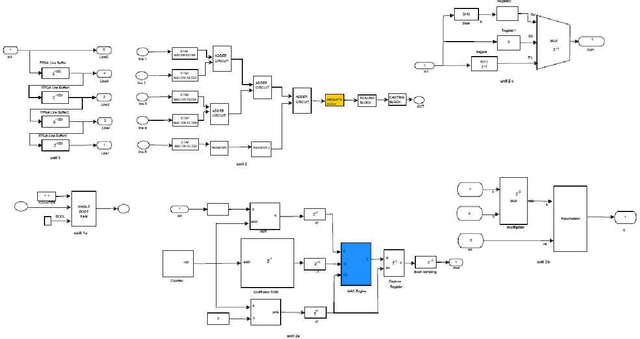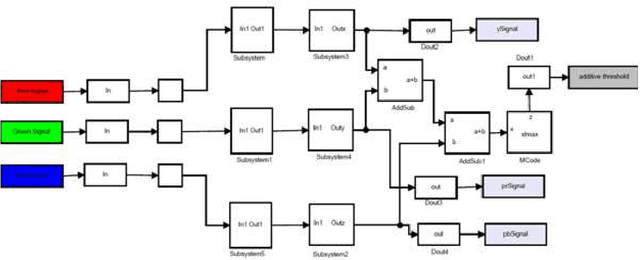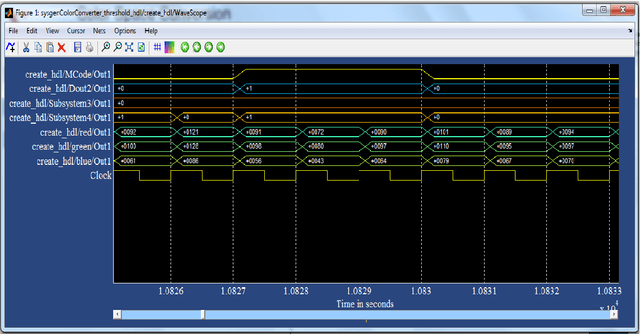Suman Sau
IoT based Smart Access Controlled Secure Smart City Architecture Using Blockchain
Sep 09, 2019



Abstract:Standard security protocols like SSL, TLS, IPSec etc. have high memory and processor consumption which makes all these security protocols unsuitable for resource constrained platforms such as Internet of Things (IoT). Blockchain (BC) finds its efficient application in IoT platform to preserve the five basic cryptographic primitives, such as confidentiality, authenticity, integrity, availability and non-repudiation. Conventional adoption of BC in IoT platform causes high energy consumption, delay and computational overhead which are not appropriate for various resource constrained IoT devices. This work proposes a machine learning (ML) based smart access control framework in a public and a private BC for a smart city application which makes it more efficient as compared to the existing IoT applications. The proposed IoT based smart city architecture adopts BC technology for preserving all the cryptographic security and privacy issues. Moreover, BC has very minimal overhead on IoT platform as well. This work investigates the existing threat models and critical access control issues which handle multiple permissions of various nodes and detects relevant inconsistencies to notify the corresponding nodes. Comparison in terms of all security issues with existing literature shows that the proposed architecture is competitively efficient in terms of security access control.
A brief experience on journey through hardware developments for image processing and its applications on Cryptography
Dec 27, 2012



Abstract:The importance of embedded applications on image and video processing,communication and cryptography domain has been taking a larger space in current research era. Improvement of pictorial information for betterment of human perception like deblurring, de-noising in several fields such as satellite imaging, medical imaging etc are renewed research thrust. Specifically we would like to elaborate our experience on the significance of computer vision as one of the domains where hardware implemented algorithms perform far better than those implemented through software. So far embedded design engineers have successfully implemented their designs by means of Application Specific Integrated Circuits (ASICs) and/or Digital Signal Processors (DSP), however with the advancement of VLSI technology a very powerful hardware device namely the Field Programmable Gate Array (FPGA) combining the key advantages of ASICs and DSPs was developed which have the possibility of reprogramming making them a very attractive device for rapid prototyping.Communication of image and video data in multiple FPGA is no longer far away from the thrust of secured transmission among them, and then the relevance of cryptography is indeed unavoidable. This paper shows how the Xilinx hardware development platform as well Mathworks Matlab can be used to develop hardware based computer vision algorithms and its corresponding crypto transmission channel between multiple FPGA platform from a system level approach, making it favourable for developing a hardware-software co-design environment.
 Add to Chrome
Add to Chrome Add to Firefox
Add to Firefox Add to Edge
Add to Edge